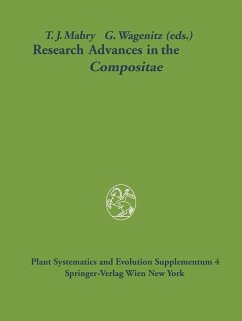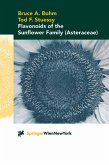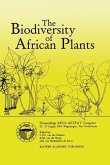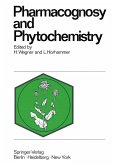T. J. MABRY and G. W AGENITZ The half-day symposium on "Multidisciplinary approaches to the systematics of Compositae", held as part of the XIV International Botanical Congress in Berlin, on July 26, 1987, was designed to complement the University of Reading Compositae Conference (1975). The latter had yielded two impressive and thorough volumes on "The biology and chemistry of the Compositae", which were edited by HEYWOOD, HARBORNE & TURNER (1977). The 1987 Berlin Symposium did not attempt to update the information from the earlier conference but instead focussed on selected new methods for investigating the systematics of the family as well as a few examples of new systematic approaches with classical methods. From mapping chloroplast DNA restriction sites JANSEN, PALMER, and MI CHAELS reported the astonishing fact that, with the exception of one group (the subtribe Barnadesiinae of the tribe Mutisieae), all investigated other members of Compositae exhibit a characteristic inversion in their chloroplast DNA, suggesting that the inversion occurred early in the evolution of the family and that at least its major part is monophyletic. Within those groups with the inverted segment, chloroplast DNA also suggests that most of the conventionally recognized tribes are also monophyletic. This lends high credit to our predecessors who laid the foundations for the taxonomic system of the Compositae. These chloroplast DNA studies have already been published and are not included here (JANSEN & PALMER 1987, 1988).
Dieser Download kann aus rechtlichen Gründen nur mit Rechnungsadresse in A, B, BG, CY, CZ, D, DK, EW, E, FIN, F, GR, HR, H, IRL, I, LT, L, LR, M, NL, PL, P, R, S, SLO, SK ausgeliefert werden.









